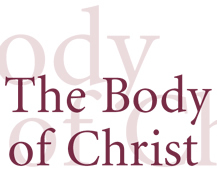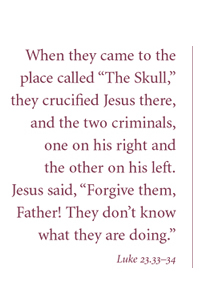





 Early Christian
art avoided depicting the Crucified Christ because of the degrading connotations
of death by crucifixion, a horrible punishment reserved for slaves and non-Roman
citizens. Only by the fifth century the cross became the symbol of the Christian
church, and representations of Christ on the cross soon became ubiquitous.
Since Jesus’ martyrdom is the key to the salvation of humankind, it
is understandable that the Crucifixion is one of the most pervasive images
in the history of western art.
Early Christian
art avoided depicting the Crucified Christ because of the degrading connotations
of death by crucifixion, a horrible punishment reserved for slaves and non-Roman
citizens. Only by the fifth century the cross became the symbol of the Christian
church, and representations of Christ on the cross soon became ubiquitous.
Since Jesus’ martyrdom is the key to the salvation of humankind, it
is understandable that the Crucifixion is one of the most pervasive images
in the history of western art.
Depicting the Crucified Christ allowed artists to portray Jesus both as fully human (suffering a slow, painful death, yet accepting his martyrdom with a dignity strengthened by faith) and the Son of God (confident in God’s power). Different types emphasize his suffering or triumph. Early Crucifixes usually show Jesus still alive on the cross, with eyes wide open, often crowned as King of Heaven and dressed in a long robe. Starting in the ninth century, representations of the dead Jesus, with closed eyes and the crown of thorns on his head, covered only with a loincloth, start to multiply. Although there is only one possible identity for a crucified figure in Christian art, it is noteworthy that the facial features follow the tradition of a “recognizable” Jesus.